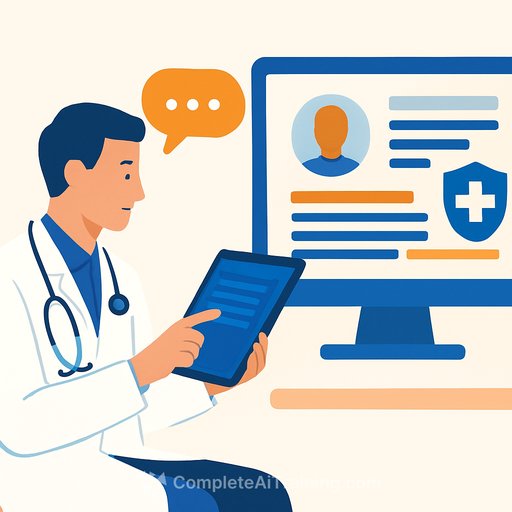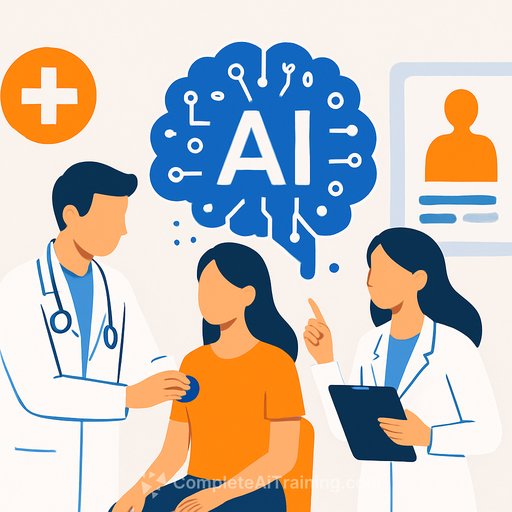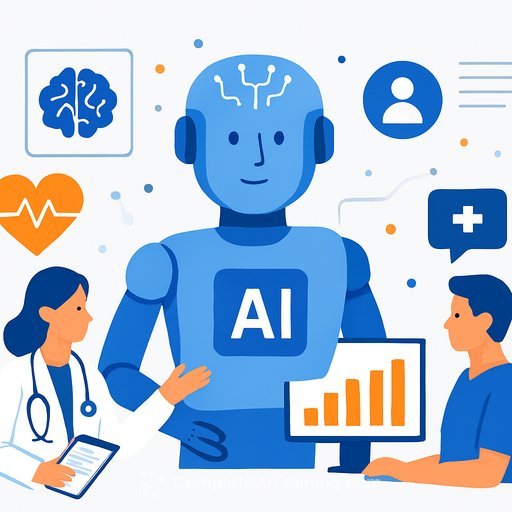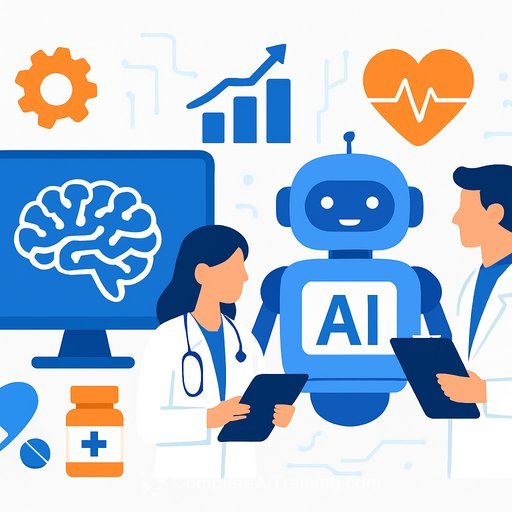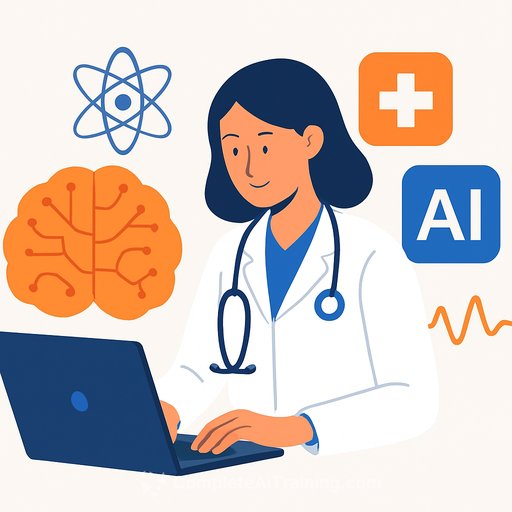ChatEHR: A New Way to Interact with Patient Medical Records
Stanford Health Care clinicians now have access to ChatEHR, an AI-powered tool that lets them interact with patient medical records by simply asking questions. Still in its pilot phase, this software extracts relevant information from health records to answer queries, summarize charts, and support clinical tasks.
Nigam Shah, MBBS, PhD, chief data science officer at Stanford Health Care, who led the development, explains that ChatEHR is embedded directly into the electronic medical record system. This integration ensures the AI uses accurate, medically relevant data while fitting smoothly into clinicians’ workflows.
Making Electronic Health Records More Accessible
The software began development in 2023 when Stanford Medicine researchers recognized the potential of large language models (LLMs) and aimed to create a practical tool for clinicians. ChatEHR reduces the time physicians spend searching through electronic health records (EHR), providing quick access to essential patient information.
Michael Pfeffer, MD, chief information and digital officer at Stanford Health Care, highlights that ChatEHR streamlines interactions by offering summaries or specific data points, helping clinicians focus more on patient care rather than administrative tasks.
How ChatEHR Supports Clinical Workflows
Currently, ChatEHR is available to a select group of 33 clinicians at Stanford Hospital, including physicians, nurses, and physician assistants. These users are helping refine its accuracy and expand its usefulness.
When a clinician starts using ChatEHR, they're greeted with: “Hi, 👋 I’m ChatEHR! Here to help you securely chat with the patient’s medical record.” They can then ask questions like:
- Does the patient have any allergies?
- What were the results of their latest cholesterol test?
- Have they undergone a colonoscopy, and were the results normal?
ChatEHR serves as an information-gathering tool and does not provide medical advice. All clinical decisions remain with healthcare professionals.
Reducing Time-Consuming Tasks
Jonathan Chen, MD, PhD, hospital physician and assistant professor at Stanford, points out the importance of quick access to a patient’s full medical story during emergencies. ChatEHR speeds up gathering relevant history, medications, surgeries, and side effects—all critical in time-sensitive situations.
For patients transferred to Stanford Hospital with extensive medical documentation, ChatEHR can condense hundreds of pages into concise summaries. This helps clinicians get up to speed efficiently and ask follow-up questions for deeper insights.
Introducing Automations for Streamlined Care
The team is also developing automations that evaluate patient records for specific clinical decisions. One example helps determine if a patient can be transferred to Sequoia Hospital’s patient care unit, reducing administrative workload and facilitating faster access to care.
Other automations in progress include eligibility checks for hospice care and recommendations for post-surgery follow-up. These features aim to support clinical decision-making with timely, relevant insights.
Next Steps and Wider Access
ChatEHR’s performance and use cases are being evaluated with MedHELM, an open-source framework for assessing LLM applications in medicine. Features such as citations linking responses to original medical record entries are under development to ensure transparency and trustworthiness.
The plan is to expand ChatEHR access to all clinicians who review patient charts, supported by educational resources and technical assistance, in line with responsible AI guidelines.
As this technology matures, tools like ChatEHR could become an essential part of clinical workflows, helping healthcare professionals save time and focus on patient care.
Your membership also unlocks:

